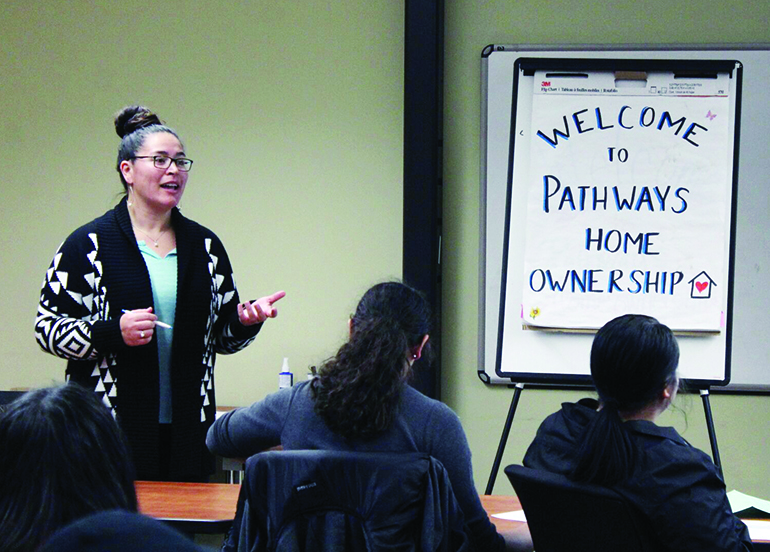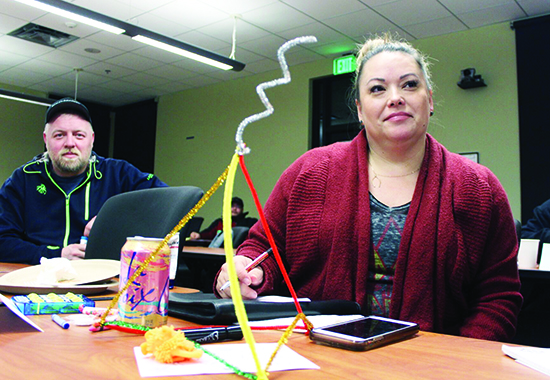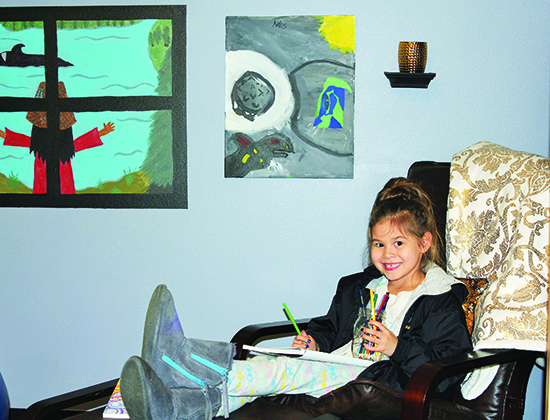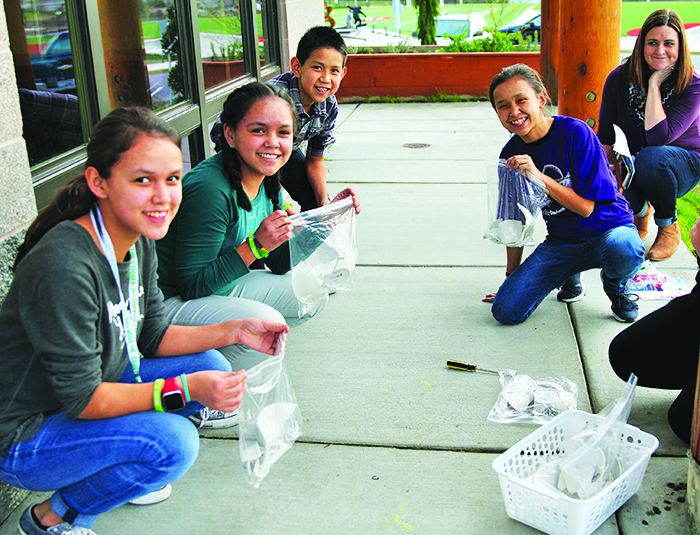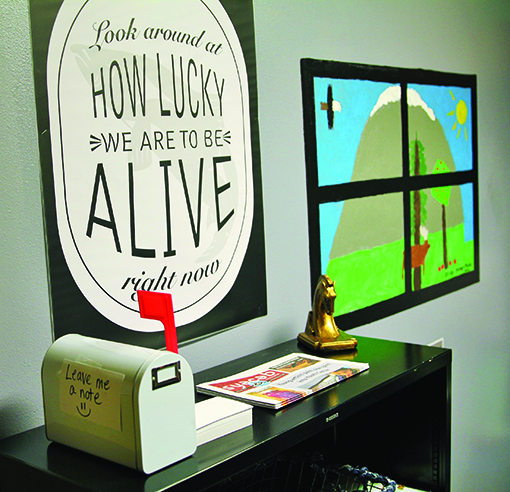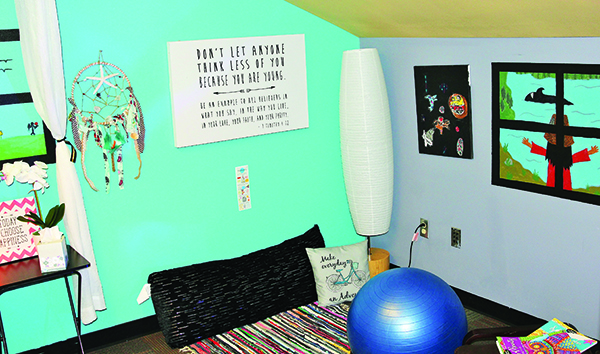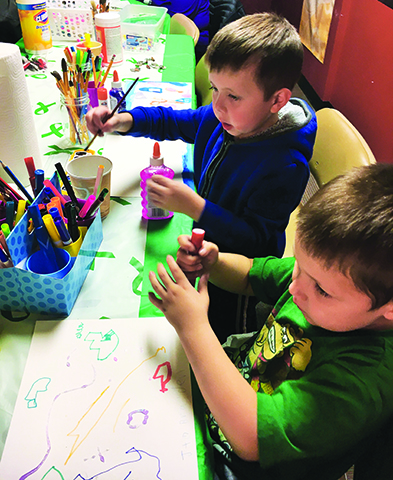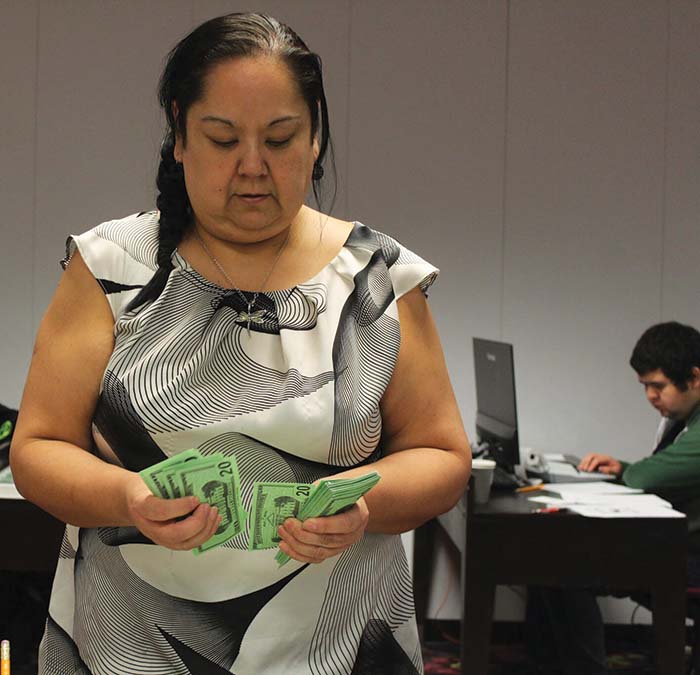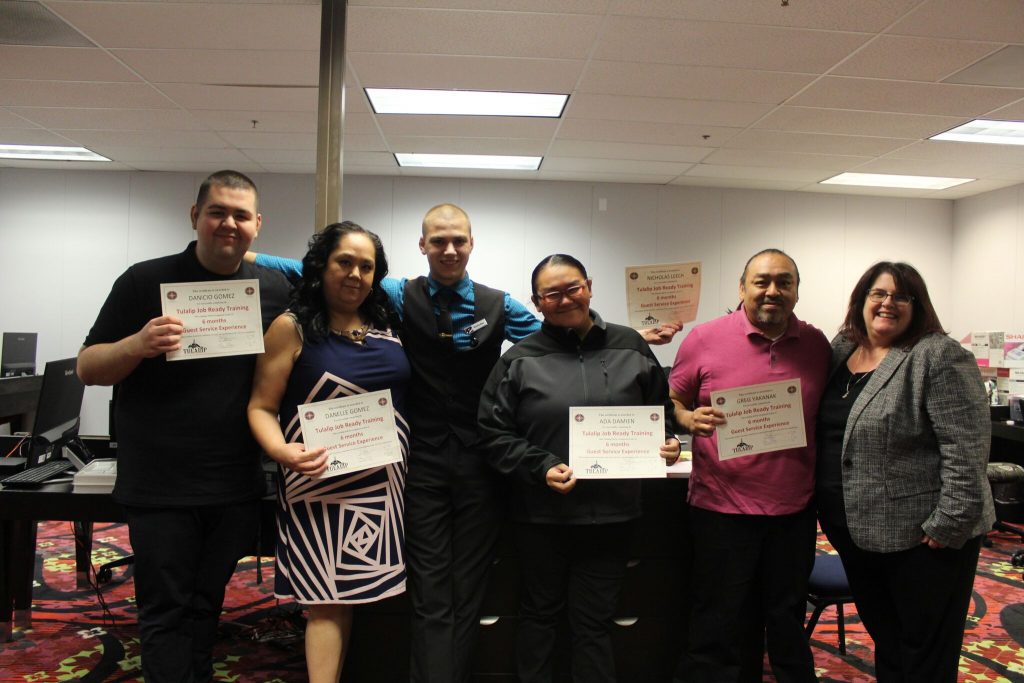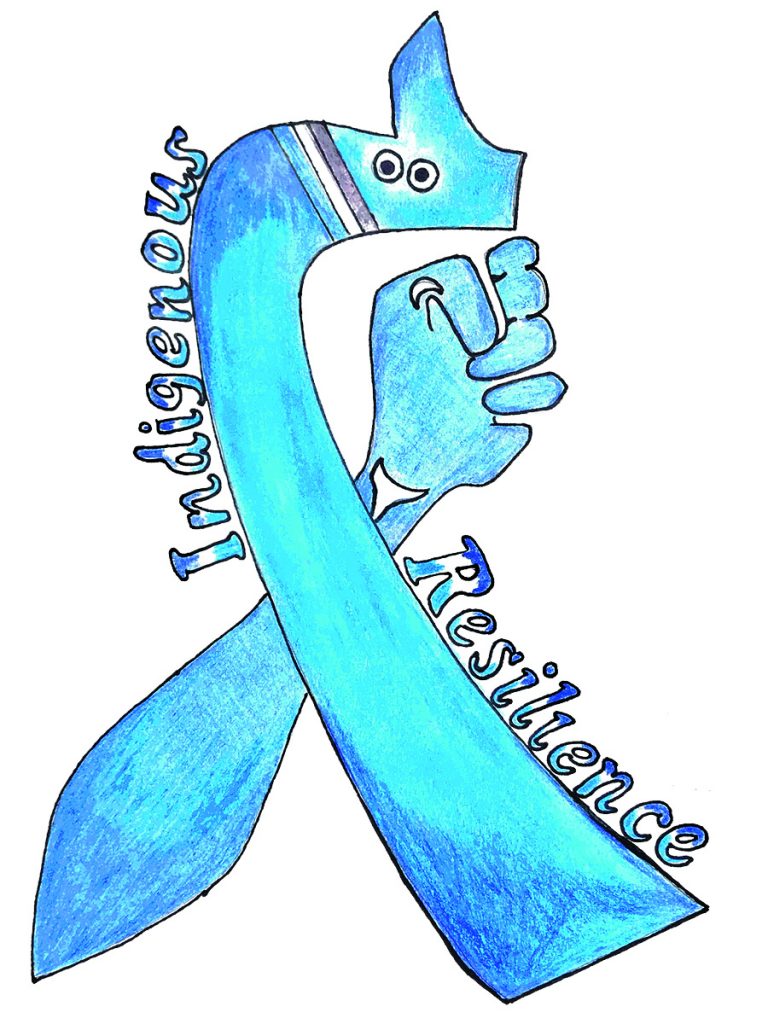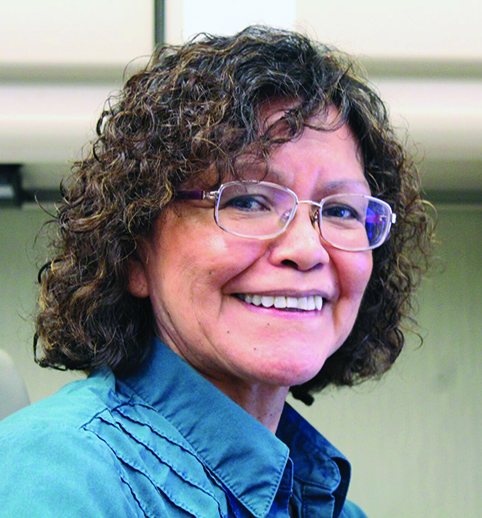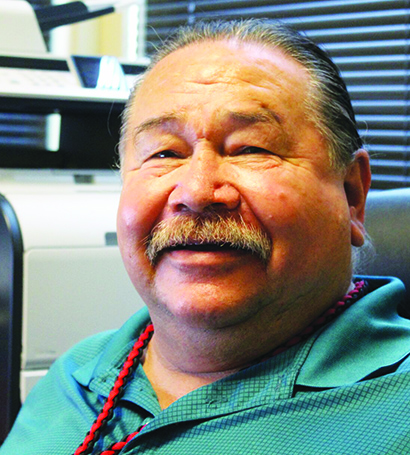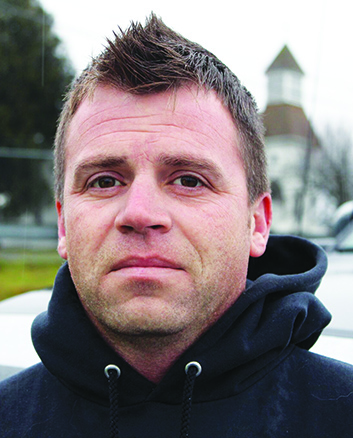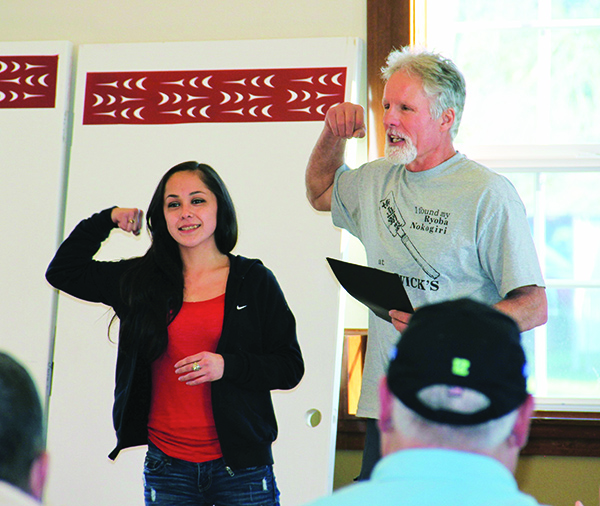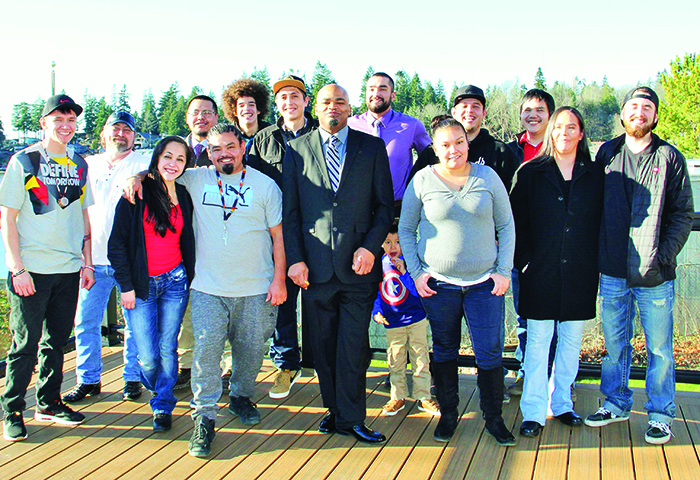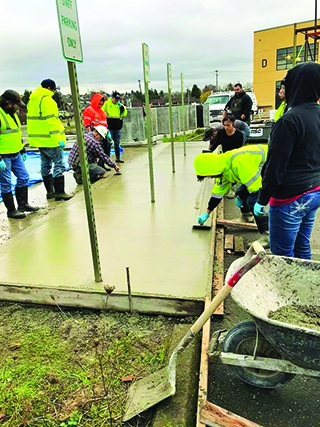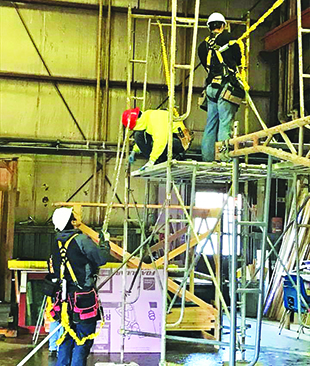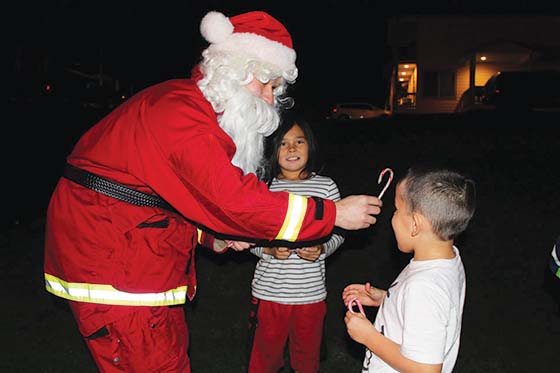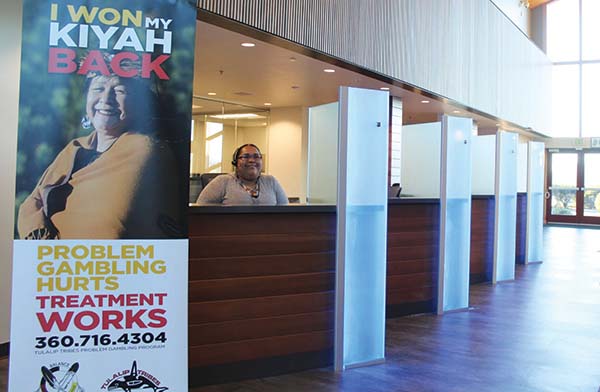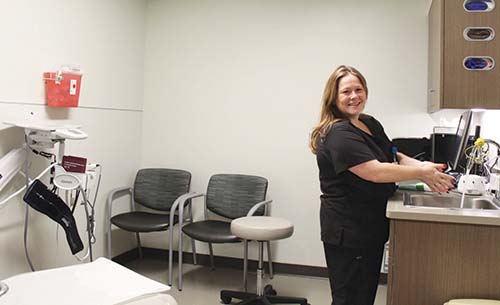By Kalvin Valdillez, Tulalip News
At the beginning of 2017, changes were made in regards to the allocation of per capita trust funds for Tulalip youth. Prior to the change, Tribal members would receive their entire trust account funds in one lump sum. Due to a variety of reasons, including a large amount of feedback from the community, the disbursement of minor trust account funds changed from one payment, in which the tribal member received the entire amount of their account, to yearly payments, over the course of four years, where they receive 25% of their funds each year. Tulalip tribal members who successfully receive their G.E.D. or high school diploma can access their funds at the age of 18. Tribal members who do not complete their G.E.D. or diploma can access their first trust disbursement upon turning 22. The Tulalip Enrollment department wants to extend a friendly reminder to the community about the recent changes and the new disbursement process, as they were implemented just a short year ago.
The allocation alterations were created initially for tax purposes. Because the funds are considered gaming revenue, tribal members were forced to forfeit a large percent of their trust to the IRS upon receiving the money in one lump sum. Less money is withheld when lower payments are distributed, so the four yearly installments means tribal members will receive thousands of more dollars, up to $10,000 on average, over the course of the payments.
“There are two main reasons for the changes,” explains Tulalip Enrollment Manager, Rosie Topaum. “One of them is the tax portion. Once you receive roughly over $56,000.00, they’re going to tax it at 25% and that’s because its gaming revenue. That’s a big chunk you’re losing. You’re so young when you receive this money and you’re at this huge tax bracket under income and you got per capita that you also have to factor in. Taxes are the biggest reason we changed it. When you divide it out over four years at 10-15%, which we’d have to tax, you’re going to pay-in less.
“The second reason is because the kids were just kind of spending it like yay, I’m going to get some clothes, a car and live nice for about a year, or loaning it out to family members with nothing really to show for it. This way it gives them some options, because most likely you’re going to end up splurging maybe the first two of them [payments], but you’re going to see how quick it goes. And hopefully by the last two, you’re going to do something with those payments.”
Tribal members can still request larger distributions for college expenses, medical bills, purchasing a home or land and starting a business. If you wish to request a larger payment, you must submit a formal request and provide any necessary proof and paperwork to the Trust Committee.
Parents now also have the option to invest more money into their children’s minor trust accounts by selecting a higher percentage to be taken from the kid’s per capita distributions, therefore lessening the tax burden on the parent and saving more money for the child’s future. Enrollment is also in the early process of creating a procedure that allows the youth to pick their minor trust account beneficiaries if the unthinkable were to ever happen.
Before receiving the first disbursement, tribal members are required to successfully complete a finance class, which can be accessed online by e-mailing Enrollment@TulalipTribes-nsn.gov. If you wish to take the class in person, please contact the Tulalip Enrollment Department at (360) 716-4300, as well as for further information.
